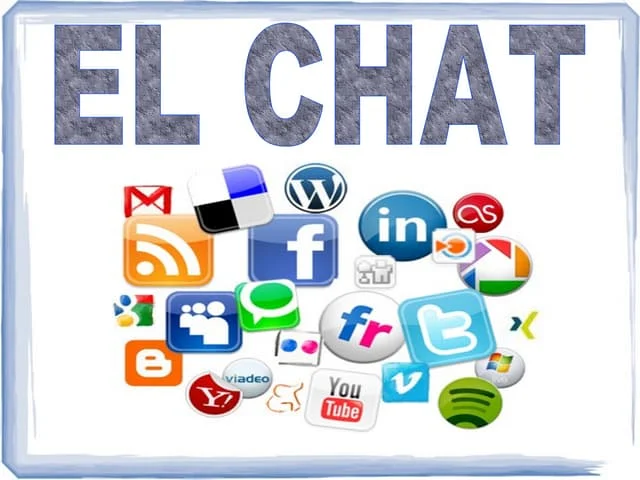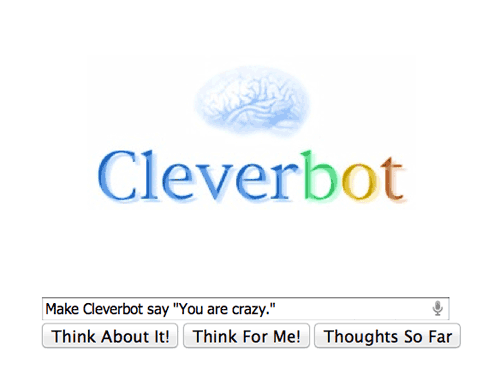The Evolution of El Chat: Exploring Online Chat Platforms
Gone are the days when communication was limited to face-to-face conversations or phone calls. With the rise of the internet, online chat platforms have transformed the way we connect with each other, transcending geographical barriers and time zones. Let’s take a journey through time to explore the evolution of online chat platforms and their impact on modern communication.
The Dawn of Online Chat
The concept of online chat dates back to the early days of the internet. Internet Relay Chat (IRC), introduced in the late 1980s, allowed users to engage in text-based conversations in various channels. Although basic, IRC laid the foundation for the future of online chat, showing the potential for real-time communication over the internet.
From Text to Multimedia
Embracing Multimedia Elements
As internet speeds improved, so did the capabilities of online chat platforms. The introduction of multimedia elements such as images and links enriched the conversations, enabling users to share content seamlessly within chats.
The Rise of Emoji and GIFs
The integration of emojis and GIFs added a new dimension to online chat. These visual elements helped convey emotions and reactions that were sometimes challenging to express through text alone, making conversations more expressive and engaging.
Real-Time Communication
Instant Messaging and Its Impact
The late 1990s witnessed the rise of instant messaging (IM) platforms like ICQ and AOL Instant Messenger. These platforms allowed users to send messages in real time, making communication faster and more dynamic. Friends and family could now stay connected no matter where they were.
Voice and Video Calling Integration
The evolution of online chat didn’t stop at text. Voice and video calling became integral features of many chat platforms, enabling users to have more personal and immersive conversations. Platforms like Skype and later, WhatsApp, brought people closer together with face-to-face communication, even when miles apart.
Social Media Integration
Chat Features in Social Platforms
The emergence of social media platforms like Facebook, Twitter, and Instagram took online communication to new heights. These platforms integrated chat features, allowing users to interact within the same platforms they used for sharing updates and content.
Business and Customer Interaction
Online chat evolved beyond personal communication, becoming an essential tool for businesses to interact with customers. Customer service chats and chatbots enabled efficient and real-time support, enhancing the overall customer experience.
Personalization and Chatbots
AI-Powered Chatbots
Artificial intelligence entered the chat scene with the advent of chatbots. AI-powered bots, like those on Facebook Messenger and Slack, provided instant responses, answered queries, and even facilitated transactions, all while learning from user interactions.
Customizable Chat Experiences
Modern chat platforms allow users to personalize their chat experiences. From choosing themes and backgrounds to setting status messages, users can tailor their interactions to reflect their personality and preferences.
Privacy and Security
Encryption and Data Protection
With the increased reliance on online chat for personal and professional conversations, the importance of privacy and security became paramount. End-to-end encryption and data protection measures ensure that chats remain private and secure from unauthorized access.
Balancing Convenience and Privacy
Balancing convenience with privacy challenges developers to find innovative solutions. While AI-powered suggestions enhance user experience, it’s crucial to maintain control over what information is shared and how it’s used.
Future Trends and Possibilities
AI Advancements in Chat
As AI technology advances, chat platforms are likely to become even more sophisticated in understanding context, emotions, and nuances in conversations. This will lead to more natural and meaningful interactions.
Virtual Reality and Chat Interaction
With the rise of virtual reality, the future might see chat interactions taking place in immersive virtual environments. This could bridge the gap between digital communication and face-to-face interactions.
Conclusion
The evolution of online chat platforms has fundamentally transformed the way we communicate and connect. From text-based conversations to multimedia-rich interactions, real-time communication, and AI-powered chatbots, online chat has revolutionized how we engage with others. As technology continues to evolve, the possibilities for the future of online chat are limitless, promising even more innovative ways to stay connected and share experiences.
FAQs
- Are chat platforms replacing traditional communication methods? Chat platforms complement traditional methods but don’t entirely replace them. They offer new ways to connect and communicate, especially in the digital age.
- Is online chat secure? Many chat platforms prioritize security by implementing encryption and other protective measures. However, users should still exercise caution when sharing sensitive information.
- Can chatbots understand human emotions? While AI has made strides in understanding emotions, current chatbots may not fully grasp complex emotional nuances. They can interpret certain emotional cues but might not replicate human empathy.
- What’s the future of chat platforms in business? Chat platforms are likely to play an increasingly significant role in business interactions, from customer service to sales and marketing. AI-powered chatbots will become valuable tools for streamlining communication.
- How do chat platforms adapt to cultural differences? Many chat platforms allow users to customize their interactions, including language preferences and regional settings. AI algorithms are also being developed to understand and respect cultural nuances in conversations.







